Roman Interior Decor: Common Elements Revealed

When you step into a home adorned in the style of Roman interior decor, you're not just entering a space; you're transported through time. Roman design elements are steeped in history, blending grandeur, functionality, and timeless elegance. This post unveils the common elements that define Roman interior design, giving you a roadmap to infuse your modern home with classical charm.
The Influence of Roman Architecture
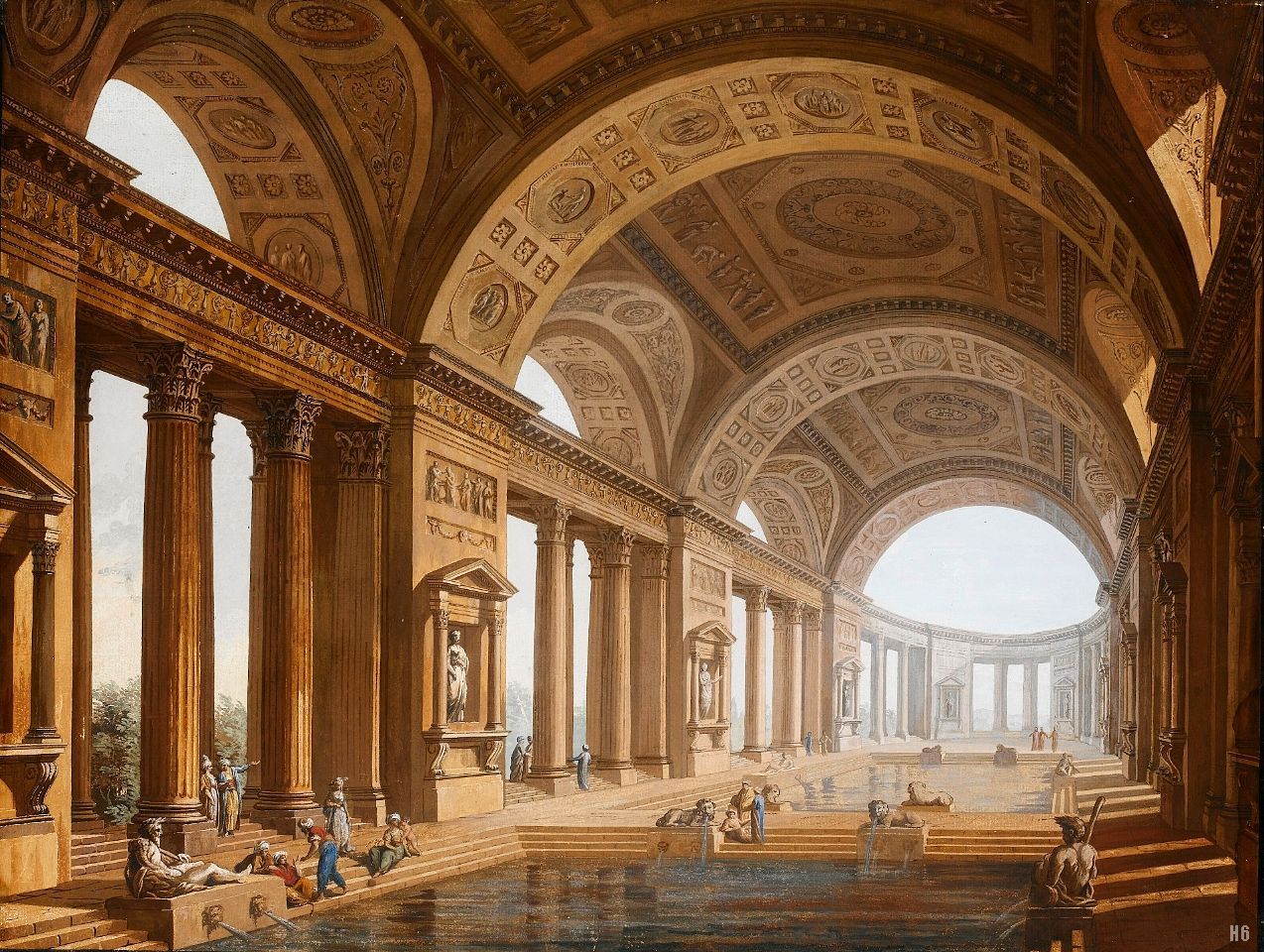

Roman architecture isn’t just about imposing structures; it’s about how these structures influence interior spaces. Here are some key features:
- Arches and Vaults: Arches were a fundamental Roman architectural innovation, allowing for expansive, light-filled interiors.
- Coffered Ceilings: These decorative recessed panels not only added aesthetic appeal but also reduced the weight of the ceiling, an innovation in construction.
- Columns and Pilasters: Columns, often with ornate capitals, framed entrances or windows, while pilasters (flattened columns) added to the vertical emphasis.
- Mosaics: Floors and walls were often adorned with intricate mosaics, depicting scenes from mythology, daily life, or natural motifs.
Decorative Motifs and Ornamentation
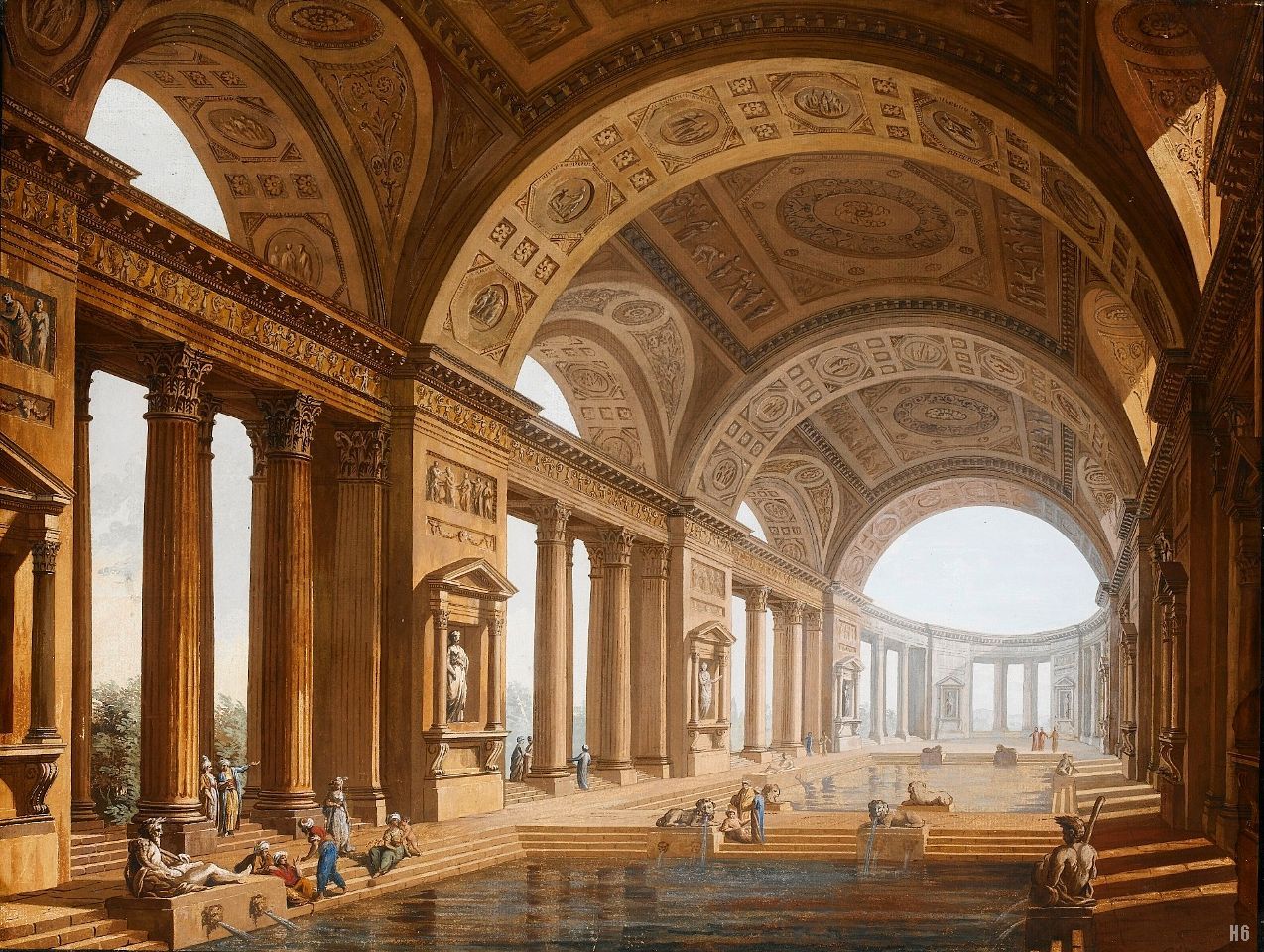
Roman homes were canvases for art, and here’s how they embraced decorative elements:
- Frescos: Walls were often painted with elaborate frescoes, bringing the grandeur of Roman villas into everyday life.
- Stucco: This material was used to mold detailed ornaments, from moldings to sculptural reliefs.
- Scagliola: Imitating marble, scagliola offered an affordable way to introduce luxurious textures into decor.
- Marble: No list would be complete without marble, which was used for floors, columns, and even as inlays in walls.
The Furniture of Roman Times
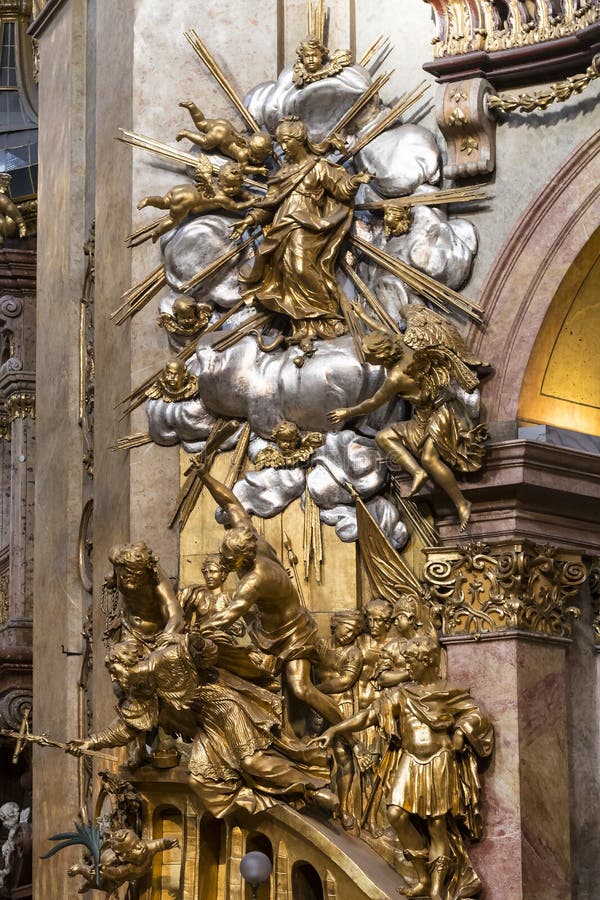

Furniture in ancient Rome was both functional and symbolic of social status:
- Triclinium Couches: Designed for dining, these were arranged around a central table.
- Lararium: A household shrine for the family’s spirits.
- Chests and Strongboxes: For storage, made of wood or metal.
- Chairs and Stools: Often simple in design but could be adorned with precious materials.
Lighting and Fixtures
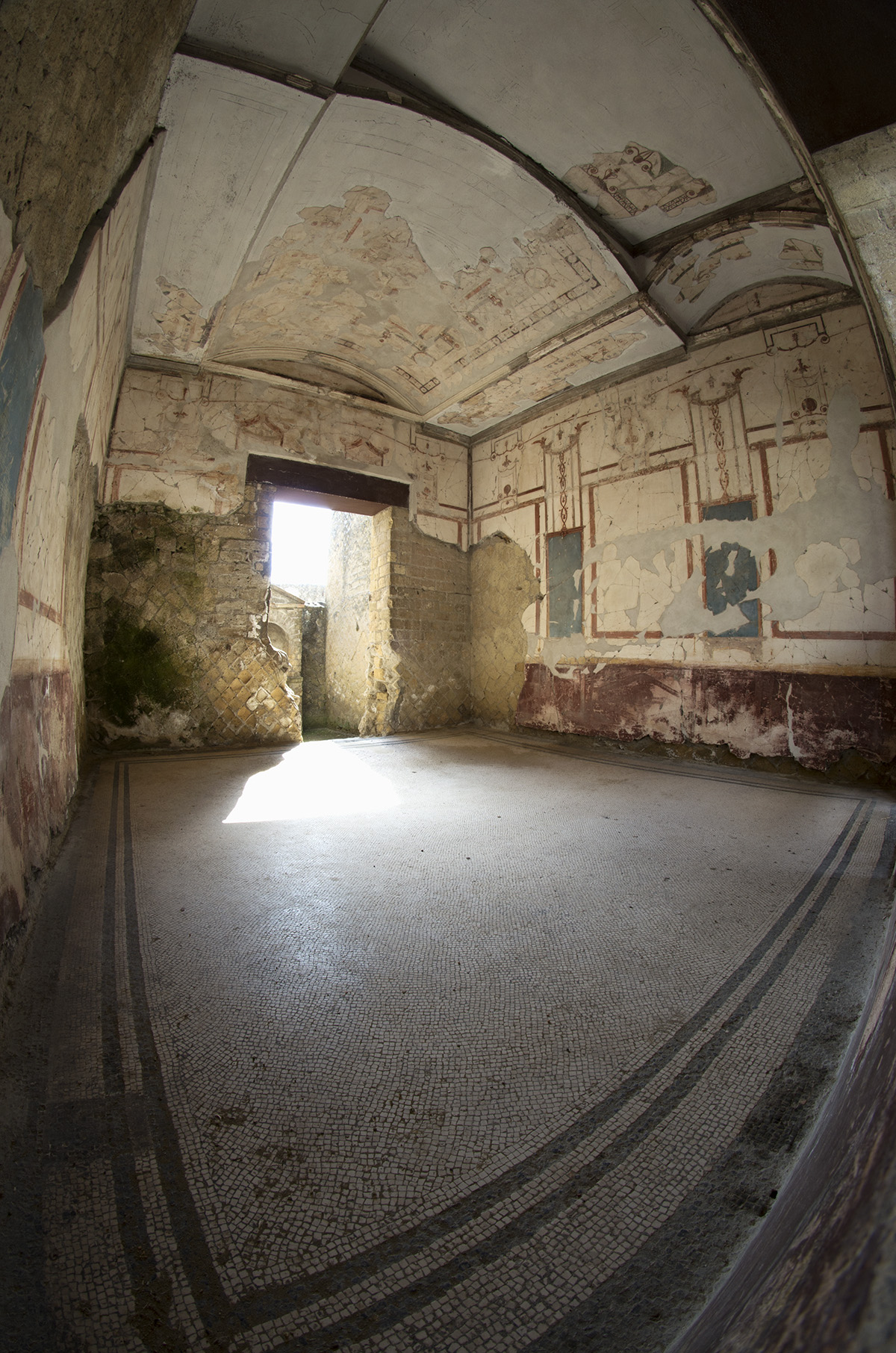
Lighting in Roman homes was both functional and decorative:
- Oil Lamps: These were ornate, made of bronze, terracotta, or even glass.
- Chandeliers: Hanging lamps or candelabra added light and luxury to the ambiance.
- Wall Torches: Sconces to hold torches or candles were common in larger homes.
Nature in Design
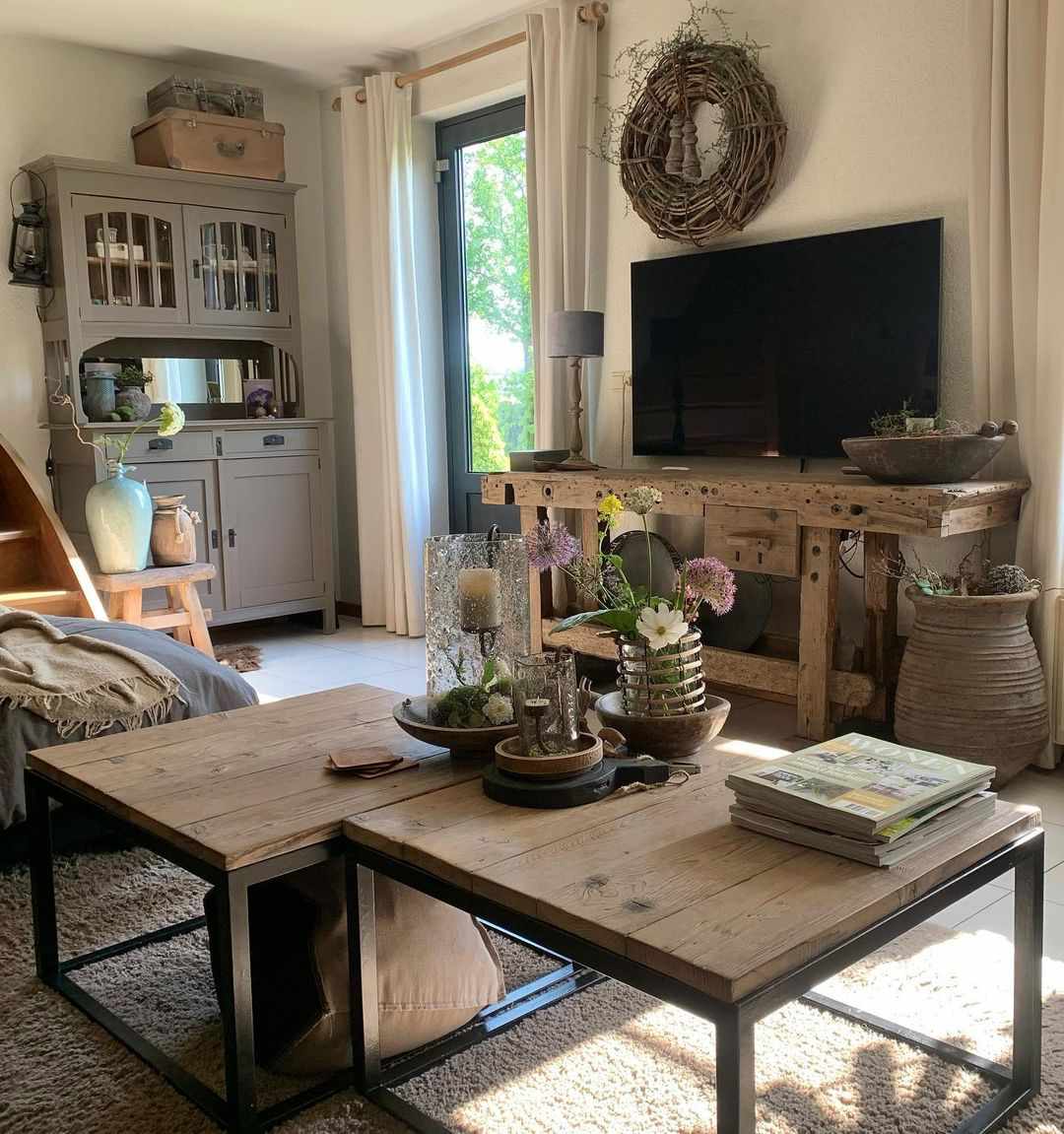

The Romans revered nature, and this reverence was reflected in their interior decor:
- Atrium Gardens: Central gardens within homes or a peristyle surrounding them.
- Fountains: Water features were not just decorative but also had cooling effects.
- Wall Paintings: Birds, animals, and lush landscapes were common themes.
Colors and Materials

Roman design favored rich colors and luxurious materials:
- Reds, Blues, and Greens: These hues dominated walls and textiles.
- Gold and Silver: Inlays and leafing were used to add opulence.
- Marble and Stone: Various types were used for floors, columns, and wall veneers.
As we wrap up our exploration of Roman interior decor, we've covered the defining elements that can add a touch of Roman opulence to contemporary settings. From the enduring influence of Roman architecture to the decorative motifs, furniture, lighting, nature's integration, and the use of luxurious colors and materials, Roman design offers a treasure trove of inspiration. These elements combined create an atmosphere of grandeur, tranquility, and a nod to the rich history of Roman culture. By carefully selecting and integrating these features, you can bring the essence of the Eternal City into your home, merging the past with the present in a celebration of timeless beauty.
What materials were commonly used in Roman interior design?
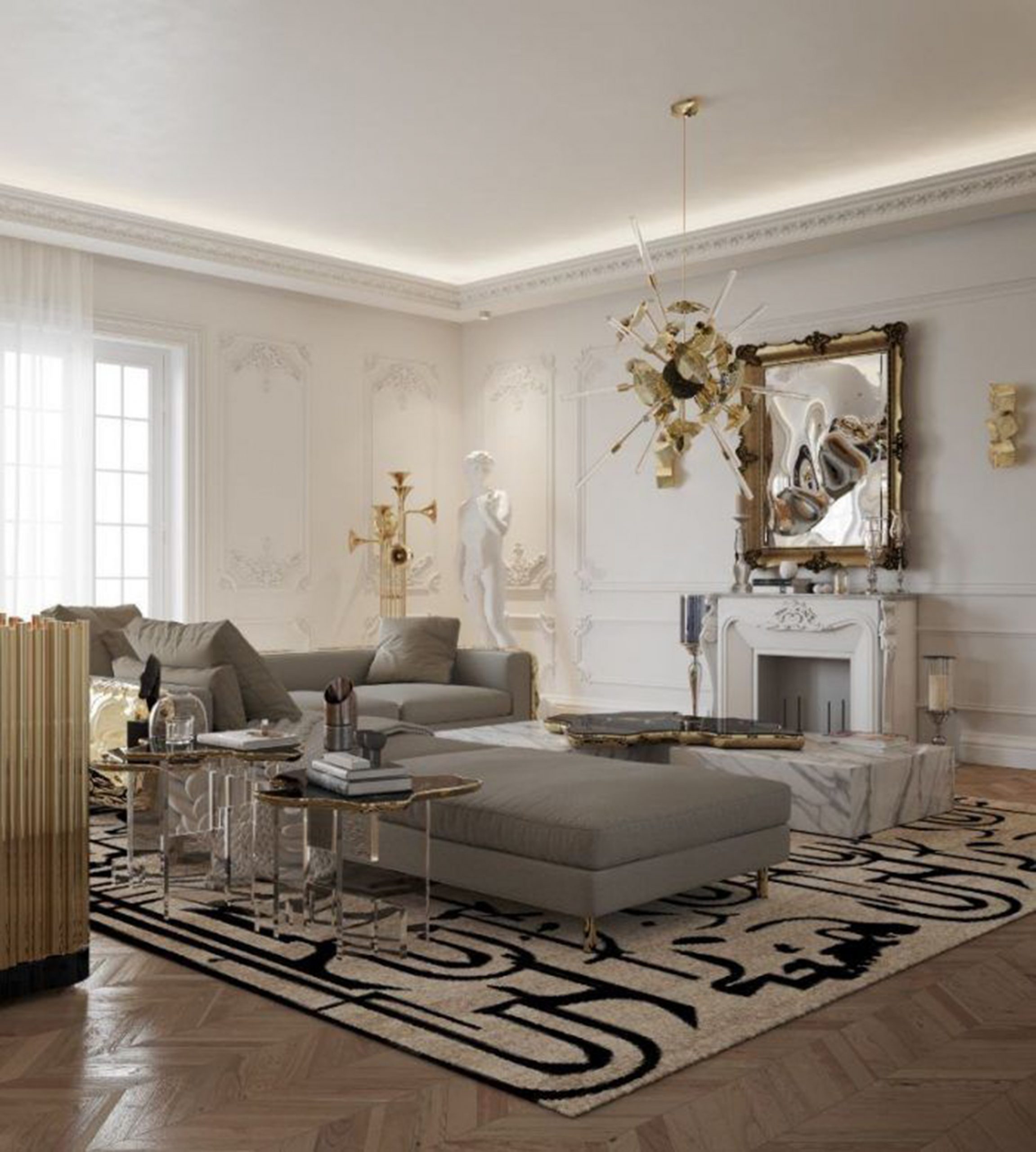
+
Materials like marble, stone, wood, bronze, terracotta, and glass were prevalent in Roman decor. Marble was especially prized for its luxurious look, used in flooring, columns, and wall inlays.
How did Roman homes incorporate nature into their design?
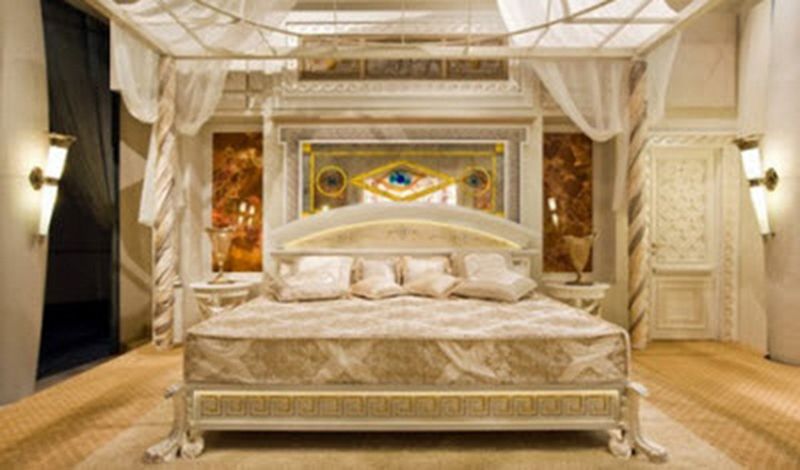
+
Romans included nature through atrium gardens, peristyles, fountains, and wall paintings depicting natural scenes. These elements not only beautified the space but also provided a cooling environment.
Can Roman design elements be integrated into modern homes?
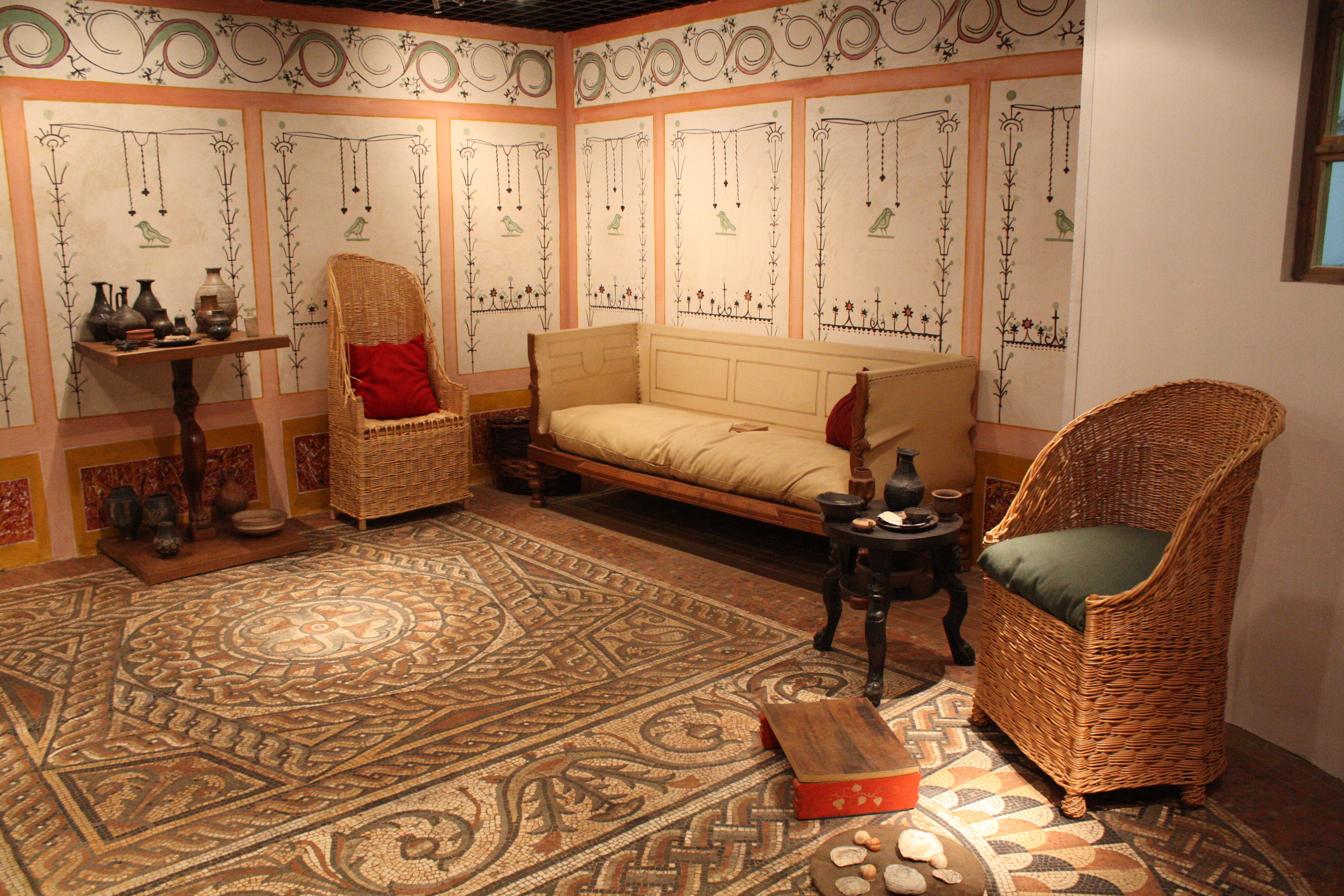
+
Absolutely. Elements like arches, columns, mosaics, and even the use of rich colors can be tastefully incorporated into modern interiors to evoke the grandeur of Rome.
What was the significance of the atrium in Roman homes?

+
The atrium served as the heart of the home, a gathering place for family and visitors, symbolizing the family’s wealth, hospitality, and social standing.
How did Roman lighting differ from modern lighting?

+
Roman lighting was largely based on oil lamps and candles, designed for both function and decoration. Modern lighting provides more variety, but Roman-style chandeliers and sconces can still make a statement.



